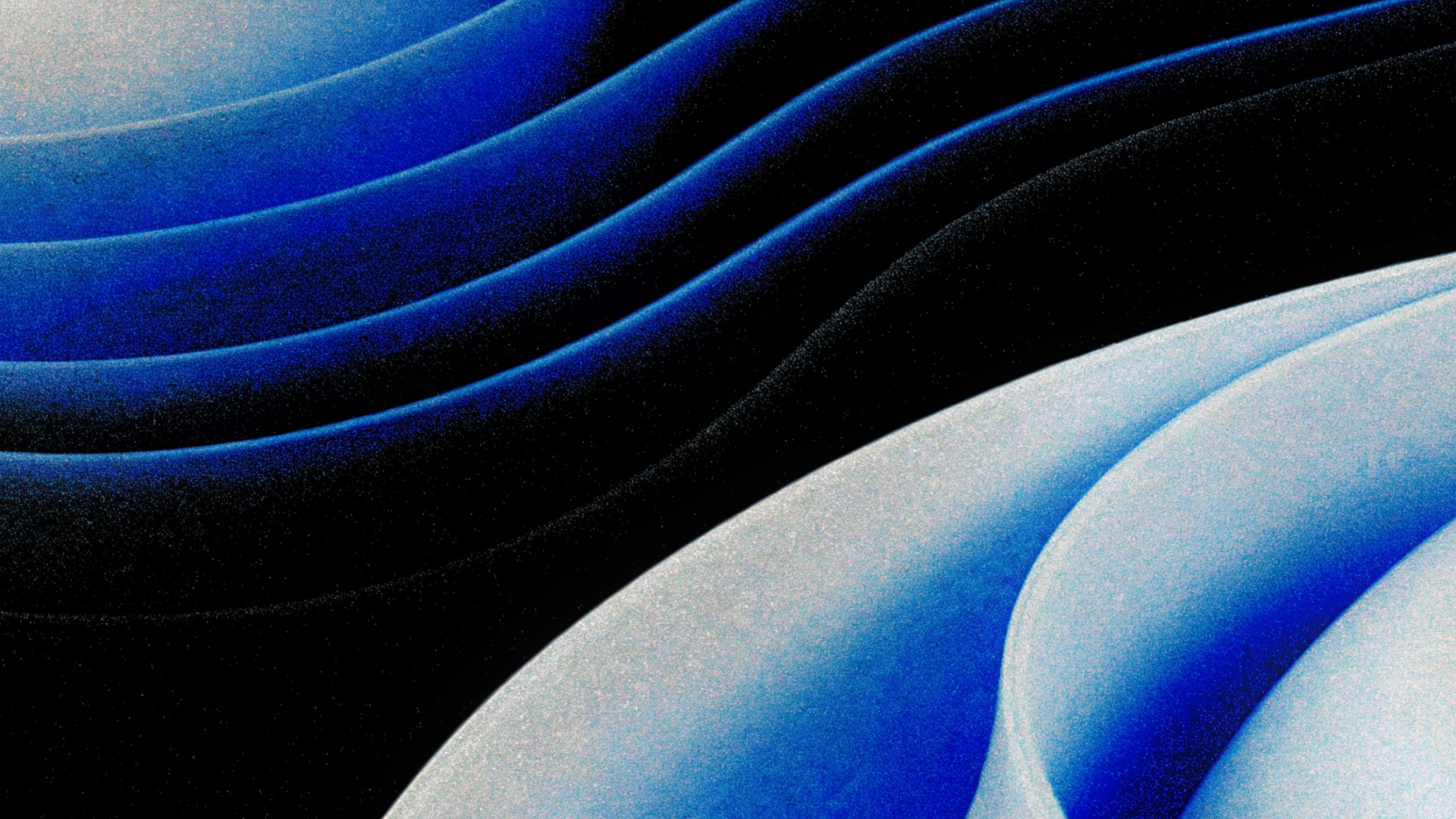
The creation of compelling design, much like the composition of unforgettable music, isn’t a chaotic burst of inspiration. It’s a structured endeavor, guided by fundamental elements and a deliberate methodology. Just as a musician navigates rhythm, melody, harmony, and timbre to craft a sonic experience, a designer utilizes a parallel set of principles to shape impactful solutions.
Consider the foundational quartet of music: rhythm, the pulse that dictates the pace and feel; melody, the memorable sequence of notes that forms the tune; harmony, the simultaneous sounding of notes that adds depth and richness; and timbre, the unique tonal quality that distinguishes one instrument from another. These aren’t constraints; they are the very framework upon which musical creativity flourishes.
Similarly, design operates within its own essential elements: hierarchy, guiding the viewer’s eye and establishing importance; typography, conveying information and personality through text; color, evoking emotion and establishing brand identity; imagery, communicating visually and adding context; space, creating balance and allowing elements to breathe; and interaction, shaping the user’s journey.
The blog astutely points out that just as a song crumbles without rhythm and melody, the design process falters without preparation and incubation. We can’t expect brilliant solutions to materialize out of thin air. We need to immerse ourselves in research, understand the problem, explore different avenues, and allow ideas to simmer before they take form. Yet, like musicians sometimes losing sight of fundamental theory in the heat of improvisation, designers can become so fixated on the “creative” aspect that they overlook these foundational elements, leading to stagnation and a frustrating inability to move forward.
Every memorable song possesses a melodic line, a sequence that captivates the listener and carries them through the piece. In design, this translates to maintaining a pace of execution that keeps the client engaged and confident in the process. Just as a musician guides their audience through the unfolding melody, a designer must clearly articulate their progress, rationale, and vision, assuring the “connoisseur” (the client) that the journey is purposeful and leading towards a harmonious resolution.
The blog introduces the fascinating concept of conflict as a catalyst for creation, drawing a parallel between the interplay of harmony and discord in music. A purely harmonious piece can lack tension and interest, while carefully introduced dissonance can create intrigue and ultimately enhance the resolution. Similarly, conflict in the design process – whether it stems from differing opinions or a surplus of ideas – shouldn’t be viewed as an obstacle but as an opportunity for innovation. It’s in the friction of contrasting perspectives and the challenge of navigating complex problems that truly novel solutions often emerge. As the blog playfully suggests, sometimes you have to “piss off a few rocks to get some diamonds.”
The pursuit of a Billboard Top 10 hit offers further insightful parallels to the world of design, particularly in the quest for creating successful products and brands.
One key objective for a songwriter is uniqueness. The blog identifies two approaches: the sound that feels familiar yet fresh, and the sound that is entirely novel and captivating. Both carry inherent risks – the former can be perceived as derivative, while the latter might alienate the audience. The sweet spot lies in finding a balance, offering something recognizable enough to connect with the audience while injecting enough originality to stand out.
This resonates deeply with the challenges faced by companies and designers. Maintaining brand identity while expanding into new markets requires a similar balancing act. We must design conservatively enough to honor established brand values and resonate with existing customers, yet unconventionally enough to attract new audiences and remain competitive in a rapidly evolving landscape. The blog rightly emphasizes that passivity is not an option; designers must be proactive in exploring new ideas and pushing creative boundaries to ensure their products remain front-runners.
The second crucial component of a successful song, according to the blog, is repetition and a simple melody, exemplified by catchy choruses that become instantly recognizable and singable. This highlights the power of familiarity and memorability. In product design, this translates to the often-observed phenomenon of product modifications rather than radical redesigns. Think of the iterative evolution of the iPhone or the Samsung Galaxy. The core functionality remains strong, but new features are introduced to entice consumers. The blog offers a wry observation about our susceptibility to marketing that highlights often unnecessary features, a testament to the power of creating a “catchy chorus” of desirable, even if superfluous, additions.
Finally, the blog underscores the importance of a clear message, using the politically charged lyrics and actions of Rage Against the Machine as a powerful example. Their unconventional approach, while generating both praise and controversy, undeniably conveyed a potent message that resonated with a specific audience. In product design, this translates to the need for a concise and easily understood purpose. A successful product clearly communicates its value proposition and distinguishes itself from the competition. Furthermore, the blog astutely points out that the message should also allow for a degree of consumer ownership, enabling individuals to integrate the product into their personal identity.
The rhetorical question posed at the end – whether well-resourced corporate marketing teams and design firms should be able to achieve the same level of impactful messaging as a band – serves as a powerful closing thought. It challenges the industry to leverage its resources and expertise to create truly resonant and meaningful connections with consumers.
In essence, the design of music and the design of products and experiences are deeply intertwined. Both disciplines require a mastery of fundamental elements, a thoughtful process of incubation and execution, the ability to navigate conflict creatively, and a keen understanding of how to connect with an audience through a blend of familiarity and innovation, all while conveying a clear and compelling message. By recognizing these parallels, designers can gain valuable insights into their own craft, striving to create not just functional solutions, but resonant and enduring symphonies of form and function.
